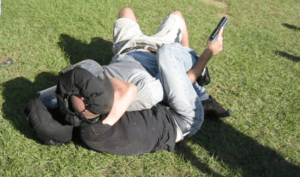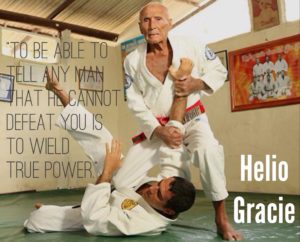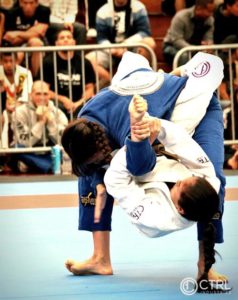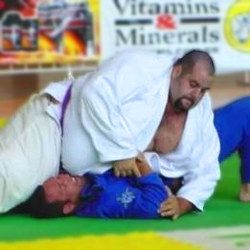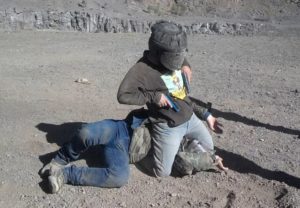Just Enough Jitsu
Brazilian Jiu-jitsu For Everybody
I get it. We martial arts people went too far. Without meaning to, and with only the best of intentions, we tried to turn you into little jiu-jitsu clones but we know now you are not going to do that. You have busy lives, you have families, you have life going on, and you aren’t going to buy a uniform, sign up to join a gym, and you are not going to train five days a week for hours at a time. But that does not mean you should not get the benefit of what we have learned and you should not have to suffer for our selfishness. At Immediate Action Combatives, we have removed all the barriers leaving you just enough to help you be safer without committing ten years of your life to that pursuit. This short course specifically welcomes every single person who thought Brazilian Jiu-jitsu could never be for them, but who also know that need some of it to be safer and to be more capable of defending themselves and their loved ones.
Who is this course designed for? Quite literally, EVERYONE. It does not matter age, sex, physical condition, experience level – everyone can benefit from this material. Guaranteed. Or you will be refunded your tuition. That is a promise.
What is covered in this two to three hour module:
Break falls – easy to learn and easy to apply simple methods to not get hurt if you get knocked down, pushed down, or just fall
Technical stand up – simple to learn methods and all variations to do so for everyone regardless of physical issues or environmental situations
Standing up against pressure – How to get back to your feet when the attacker does not want you to and actively tries to keep you down
Protecting yourself on the ground when you can’t get up – Staying conscious and mobile when you are stuck on the ground in a horizontal position
Fighting back when you can’t get up – fundamental ways to take the fight to the bad guy when you are on the ground

